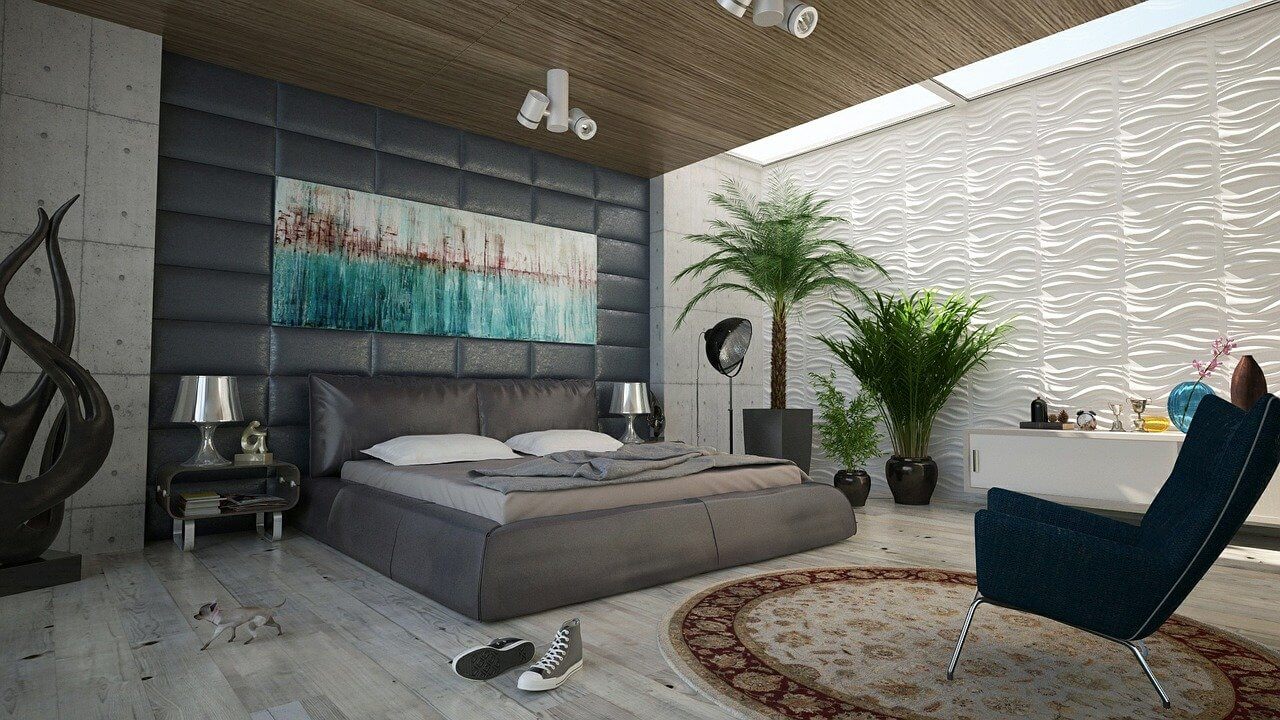The importance of architecture in building a learning environment for students is exciting and one that begs to be studied. Naturally, the way you design a place shows how it will be used; thus, architecture is indispensable in the future of learning. Every college, high school, tertiary institution, and educational facility is unique in its way. Essentially, school owners have unique aspirations and visions that they want their building to reflect and aid their realization.
A school's architectural design influences how students experience and enjoy the space; it is essential for student success. As such, architects are now building schools based on important factors such as sustainability, the environment, and human integration. This article explores architecture's role in educational environments and how it impacts student learning.
The Role of Architecture in educational environments
The internal environment of every educational setting is essential as it determines how a new or renovated building is designed. The setting of the environment will influence what activities are held within it – for instance, light and airy spaces encourage creativity and innovation. As such, the latest architecture trends are such that architects build with the aim of creating a place where students can intermingle.
There are many ways in which the architectural design of a school can proffer intrinsic opportunities to expand learning for students. High technical specifications must be met to create creative environments that enrich students' lives and education. Below are some of the school design principles that can encourage collaboration and seamless learning:
Inclusion of presentation spaces
Schools need to design spaces explicitly meant for teachers to provide formative assessments and feedback. This design principle is essential if students will have a chance of achieving the best educational outcomes. For instance, schools can include innovative presentation areas where students can talk about presented lessons individually or in groups. This experience can be enhanced when comfortable spaces are designed for student-teacher engagement.
On the one hand, students can order a custom essay and confidently present it. On the other hand, the teachers themselves can comfortably present organized demonstrations in a low-pressure atmosphere. Meanwhile, these presentation areas should include large workspaces, comfortable chairs, and computers or laptops.
Decentralization of classroom layouts
Modern classrooms are moving away from the tired layout of traditional classrooms where active students sit in the front while less-active students sit in the back. Now, classroom designs are becoming more student-focused, unlike before when a classroom has only one single point, like the teacher's desk. Students need to be comfortable and confident to perform their best, which is what the decentralization of classroom layouts does.
By decentralizing a classroom layout, the focus of learning spaces stays more on students' experience and less on simply teaching. An excellent way to achieve this decentralization is by including several focus points around a classroom and moveable podiums for teachers.
Collaborative teaching and study areas
Group projects are highly important in an educational environment, regardless of the level of education. By incorporating multi-functional tables and work areas in a school's design, arranging a single environment for many tasks would be easy. Incorporating collaborative work areas in an educational environment opens up teaching possibilities, including teaching through discussion and productive arguments.
Inclusion of quiet zones
Besides creating spaces for student learning, there is a need to create quiet zones. These zones will be reserved specifically for specific tasks, and all levels of students can benefit from them. The benefits students can get from the quiet zone are many, mainly because they are designed to encourage introspection, reflection, and concentration.
These zones are particularly important when students need to do a reading or writing assignment or for those who need to work independently. Meanwhile, this design principle is not useful for schools alone; even companies are using it, designating spaces for employees for solitude and focus.
Innovative functionality of classroom furniture
It may seem unlikely, but something as seemingly minute as the functionality of a classroom desk can impact students' learning experience. In the traditional educational environment, desks are arranged in rows, facing one direction and focusing on one point. However, this style is becoming obsolete; schools are now adopting a more collaborative approach to their classroom furniture layout. Students' attention in class can be maintained through desk design and function that accommodates creative rearranging – plus, it allows a wider range of activities.
More so, students can collaborate more easily when they are arranged creatively. Besides, multi-purpose desks are a sustainable and economical solution as they can serve multiple purposes.
Conclusion
Architecture has the power to change the educational paradigm if the right principles and designs are followed. More so, the architecture of an educational environment can serve as a tool for encouraging students to develop a better reality. The right architect understands what is needed to create an educational space that enhances the teaching and learning experience.





